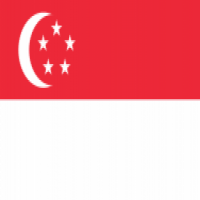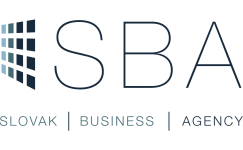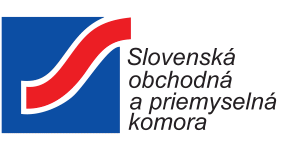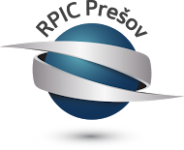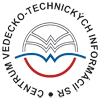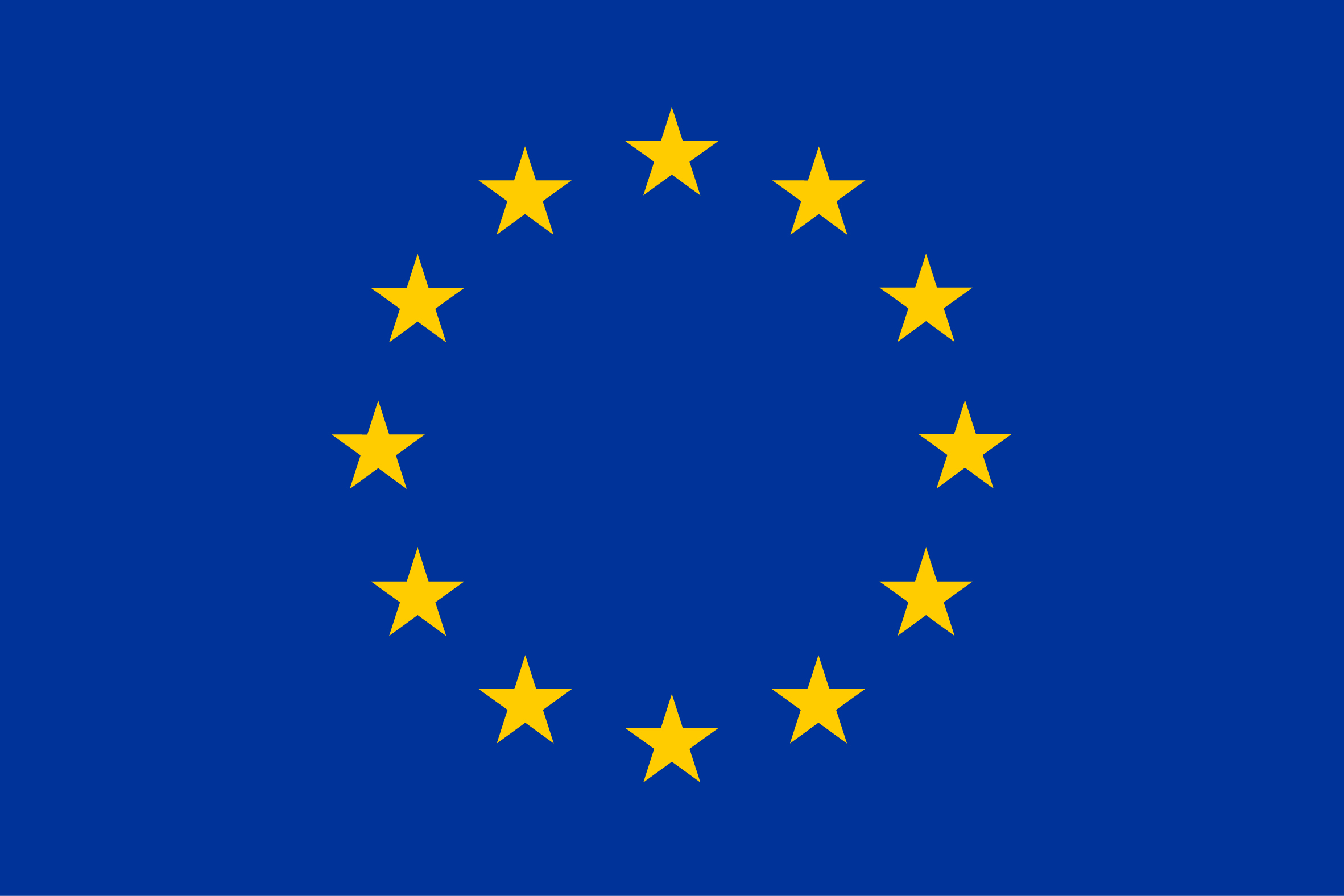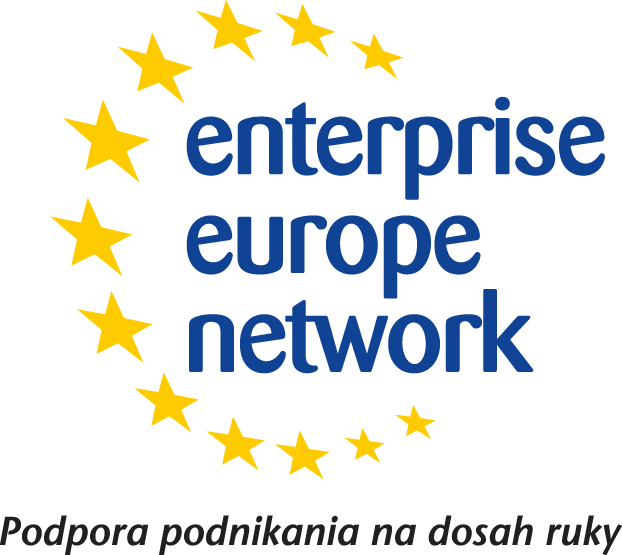Summary:
A Singapore institute of higher learning has developed a user- and environmentally-friendly means to efficiently extract silver selectively from silver-coated solid waste. The formulation is relatively easy to handle and eliminates the safety, health and environmental problems associated with the use and post-treatment of conventional lixiviants.
The technology provider seeks licensing or technical cooperation opportunities.
Description:
Strongly corrosive acids and highly toxic cyanide-based solutions are currently the most commonly used lixiviants for the extraction of silver from solid wastes through hydrometallurgy. While acids are generally able to achieve a high extraction of silver, they are non-selective and leaches most of the other metals present, resulting in a complex mixture that needs rigorous segregation and purification downstream. Cyanide solutions are comparatively more selective towards silver but require costly safety infrastructure and measures to be put in place as they generate large amount of hazardous wastes.
A Singapore institute of higher learning has developed a technology that is both user and environmentally friendly that allows a high percentage of pure silver to be extracted without using strong acids or cyanide solutions.
Features of the technology include:
- Free of cyanide
- Low concentrations of organic acids and no strong acids
- Non-fuming and extracts under mild temperatures ≤ 40°C
- Stabilisers to reduce reagent consumption
- Allows high purity silver to be recovered from the leachate by conventional means such as precipitation & reduction
- ≥ 97 wt.% of silver extracted with saturation concentration of > 10 g/L of lixiviant at ≤ 40°C
- Extraction is fairly selective, with silver constituting a major 85-98% of the metals leached
This technology can be applied for extraction of silver from:
- Electronic waste, such as printed circuit boards, connectors, lead frames, etc.
- Industrial waste, such as photographic films, solar panel wafer, etc.
- Recovered silver can be sold or recycled for other uses in electrical and electronic devices, PV modules, solders, photographic films and jewellery.
The Singapore institute of higher learning is interested in working with partners (MNEs or SMEs of all sizes) to either license this technology or be a technical cooperation partner where the Singapore institute of higher learning will provide the technical expertise to co-develop new solutions.
Type (e.g. company, R&D institution…), field of industry and Role of Partner Sought:
The Singapore institute seeks to partner MNEs or SMEs of all sizes via the following types of agreements:
i) Licensing - The partner can license the technology (non-exclusive) and further develop it into products to introduce to the market
ii) Technical cooperation - The R&D institute would provide the technical knowhow such as training on usage of the technology followed by technical consultancy to improve the formulation that will meet market requirements.
Stage of Development:
Prototype available for demonstration
IPR Status:
Patent(s) applied for but not yet granted
Comments Regarding IPR Status:
Patent filed in Singapore
External code:
TOSG20210121001
